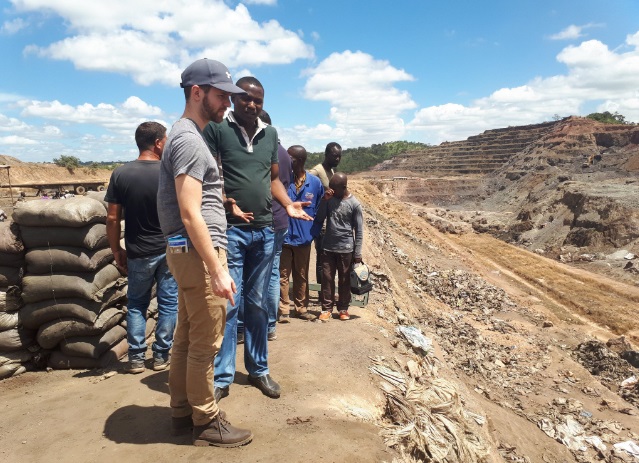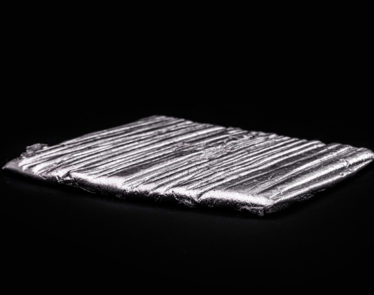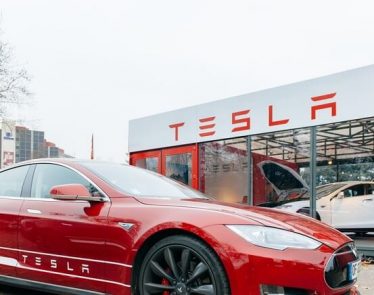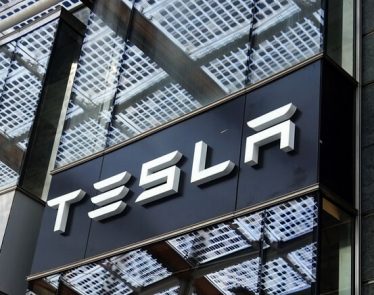
Due to the rising demand for demand for cobalt-based lithium-ion batteries, investors are now looking to invest in cobalt, and cobalt stock prices have been growing. In the past year, cobalt has been slowly but surely rising in demand. However, before investing in cobalt, or buying that cobalt stock and/or cobalt futures, investors should thoroughly understand what it is and where it is coming from.
What is Cobalt?
Cobalt is an element that can be found between iron and nickel on the periodic table. More specifically, it is a transition metal that is highly magnetic. It is extremely resistant to heat, having a high melting point of 1493 degrees Celsius. Because of these characteristics of cobalt, it is an important element to two of these high-tech uses: battery cathodes and superalloys.
Superalloys account for 18% of cobalt demand. Cobalt superalloys are preferable due to its ability to withstand heat and other conditions such as oxidation. It is used in gas turbines, jet engines, prosthetics, and more.
Battery Cathodes account for 49% of cobalt demand. Cobalt is one of the main reasons an electronic device can run for 12 hours after just one charge. Batteries that use cobalt-based chemistry have extremely large quantities of energy, allowing the battery to last longer between charges. Cobalt’s importance is known due to its usage in electric vehicles; more specifically in Tesla (NASDAQ:$TSLA) cars. The Tesla Powerwall uses around 7 kg of cobalt, while the Tesla Model S uses approximately 22.5 kg of cobalt.
Because of the rising popularity of the Tesla, many major automobiles are looking to invest more in electric vehicles, using cobalt-based chemistry batteries. As these electric vehicles become more in demand and widely-available, cobalt is one of the most important elements when it comes to the fight for a greener Earth.
There is just one problem, however: the cobalt supply chain.
The Cobalt Supply Chain
Despite production going up to meet demand, there are speculations of a supply deficit — a concern for all those investing in cobalt, or going to invest in cobalt. This is due to the fact that getting cobalt is quite difficult.
Firstly, no native cobalt has been found in nature — although there are four cobalt ore deposits that exist, none of them are mining primarily for cobalt. Secondly, most cobalt is usually mined as a byproduct of mining for copper and nickel; thus it is difficult to expand production as needed. As well, if the production/demand of copper and nickel falls, that means a fall in the production of cobalt as well. Thirdly, and lastly — perhaps what makes the cobalt supply chain most problematic of all — is that the Democratic Republic of Congo (DRC), a country known for supply risks, is responsible for about 55.4% of the world’s production of cobalt.
With limited natural resources, most will turn to stockpiles. However, in the case of getting cobalt, this is barely a solution. The United States Geological Survey reports that the U.S has only 301 tons of cobalt stored in stockpiles.
As it is, the DRC is most likely to be the primary source of cobalt supply.
Why is this a concern?
The DRC’s major role in cobalt production should be a great concern for anyone investing in cobalt. The country is one of the poorest, most violent and corrupt countries in the world; as of 2016 it ranked 148th out of 169 countries in the Corruption Perceptions Index, 178th out of 184 in terms of GDP per capita, 176th out of 188 on the Human Development Index, and 151th out of 159 in the Human Freedom Index. Its recent wars (First Congo War, 1996-1997 and Second Congo War, 1998-2003) has resulted in more deaths than those in WWII.
Due to its political instability, economic ruins, and prominence of violence, human rights in the DRC are often dismissed. About 20% of cobalt produced in the DRC comes from artisanal miners — workers who dig holes and mine ore without the correct machinery or mines. There are at least 100,000 artisanal cobalt miners in the DRC, with 40,000 of them being children as young as 7 years old. Child labor is a major problem in the DRC, and they often work in unsafe, inhumane conditions earning as little as $2 a day.
While most major companies have stated that they will not have practices that violate human rights in their supply chains, Amnesty International has claimed that three major companies — Apple, Samsung, and Sony — have failed to perform basic checks to ensure that the cobalt from their supply chains was not a result of child labor.
In this day and age, it is almost impossible to get a firm grasp on whether or not big companies are really making sure workers are getting paid fairly and working in safe conditions.
Other Potential Sources
While the DRC is looking like the main solution to the future supply of cobalt, some mining companies have begun looking for cobalt elsewhere. If you wish to invest in cobalt or are investing in cobalt, perhaps take a chance and invest in the endeavors of the mining companies searching for cobalt in these places:
-
Northwest Territories, Canada
A gold-cobalt-bismuth-copper deposit is being expanded here. Its mining company is a prime investment for those looking not only to invest in cobalt but other metals as well.
-
British Columbia, Canada
Known for its abundance of natural resources, there is a high chance of finding more cobalt in BC. Their mountains are acknowledged for rich gold, silver, copper, zinc, and met coal deposits; cobalt has been produced in the past as byproduct of the copper mines.
- Idaho, United States
Although known for its silver camps in Coeur D’Alene, the mines have also produced cobalt in the past; perhaps it can go back to producing cobalt presently
-
Ontario, Canada
One of the only places in the world where cobalt-primary mines have existed, this is the place to watch for when investing in cobalt.
Featured Image: Twitter







